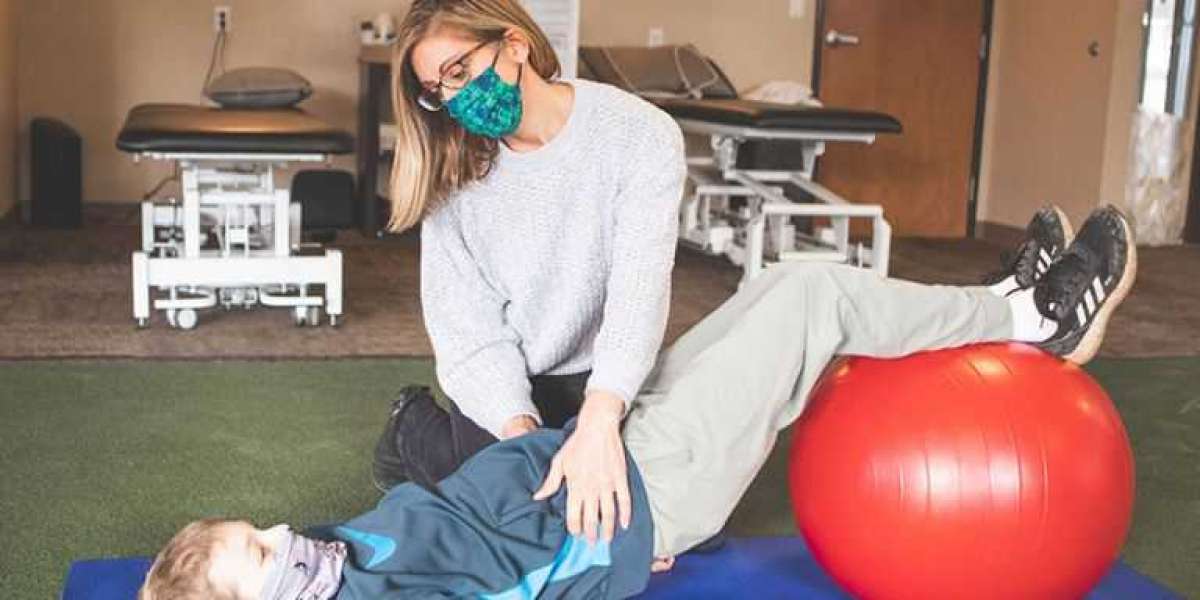Our multifactorial approach offers peace of mind!
Physical Therapy Treatment for Pediatric Incontinence
Some children suffer from Post Void Residual (PVR). This is a condition where residual urine remains in the bladder after peeing due to the bladder not emptying completely. Non-relaxing pelvic floor muscles can cause this situation to occur. Physical therapy can help with this!
A Real Time Ultrasound (RTUS) looks at the bladder to see if it has emptied completely. This is a non-invasive procedure. The physical therapist places a sound head over the lower abdomen and takes ultrasound pictures of the bladder to measure the volume inside. This tool also gauges progress, ensuring the bladder is emptying completely as therapy progresses.
Optimally, the bladder and pelvic floor muscles work opposite each other to successfully urinate. When the bladder muscle contracts or the bowels need to empty, the pelvic floor muscles relax. Based on your child’s customized treatment plan, they learn exercises to relax and strengthen the pelvic floor muscles at the appropriate time. This allows them to empty completely and to avoid urinary and/or bowel leakage.
Therapy provides the tools your family needs to take control of your child’s bladder and bowel functions. You receive a home program specifically developed for your child. The treatment program includes education and exercises to empower your child with sustainable healing solutions.
Therapy also helps your child learn correct postures for toileting, foods that may be irritating to the bladder and how to create a regular pattern of filling and emptying the bladder and bowels through a toileting schedule.
Learn more: Denver Pediatric Physical Therapy








